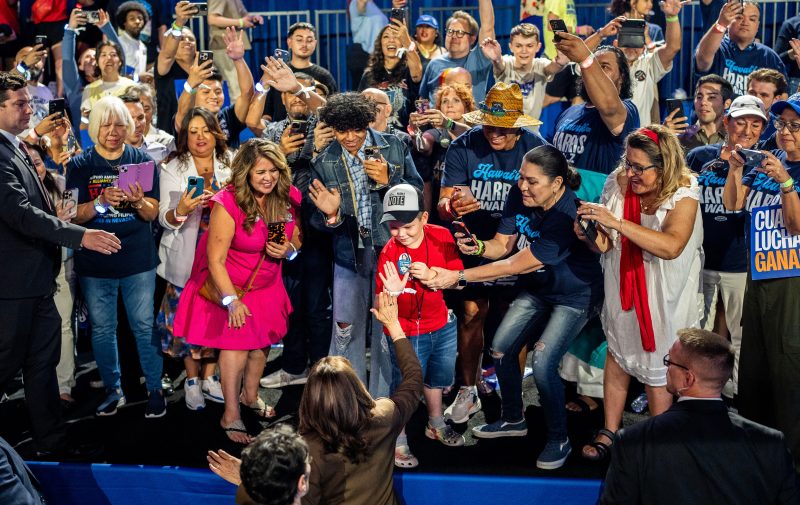In a year that has seen a unique and unpredictable U.S. presidential campaign, the strategies and approaches adopted by the two major political parties—Democrats and Republicans—have never been more divergent. With Vice President Mike Pence running alongside President Donald Trump for re-election, the Republican Party is doubling down on a strategy that focuses on mobilizing its base through passionate rhetoric and support for conservative policies.
In contrast, the Democratic Party under the leadership of Joe Biden and Kamala Harris has taken a more nuanced and ambitious approach. Kamala Harris, who made history as the first woman of color to be chosen as a vice-presidential nominee for a major party, has been a central figure in the Democratic campaign. Her campaign, often overshadowed by the media attention focused on Trump and Biden, has quietly been gaining momentum by running a much broader and more inclusive race.
Harris has been actively engaging with a wide range of communities, especially those that have historically been marginalized or underrepresented in politics. Her focus on issues such as racial justice, healthcare, and economic equality has resonated with a diverse segment of the American population. By speaking directly to the concerns of various groups, Harris has garnered support not just from traditional Democratic voters, but also from Republicans and independents who are disenchanted with Trump’s divisive leadership style.
One of the key strengths of Harris’s campaign lies in its ability to pivot and adapt to the changing political landscape. As the COVID-19 pandemic continues to disrupt daily life and upend traditional campaign strategies, Harris and her team have shown flexibility and creativity in reaching out to voters through virtual events, social media campaigns, and grassroots organizing efforts.
In contrast, the Trump campaign has been criticized for its reliance on large-scale rallies and in-person events, which have come under scrutiny for potentially endangering public health. The lack of a coherent response to the pandemic by the Trump administration has also put the president on the defensive, with many Americans questioning his ability to lead the country during a crisis.
The disparities between the two campaigns extend beyond their tactics to their visions for the future of America. While Trump has sought to appeal to his core supporters with promises of restoring law and order and protecting American values, Harris has championed a more progressive agenda that emphasizes compassion, empathy, and unity.
Ultimately, the question remains: Will Harris’s broader and more inclusive campaign make a difference in the upcoming election? With polls showing a tight race and a high level of uncertainty among voters, every strategy and outreach effort could prove crucial in swaying undecided voters and mobilizing key demographics to turn out on Election Day.
As November approaches, the contrasting campaigns of Kamala Harris and Donald Trump will continue to unfold, offering voters a stark choice between two very different visions for the future of America.
